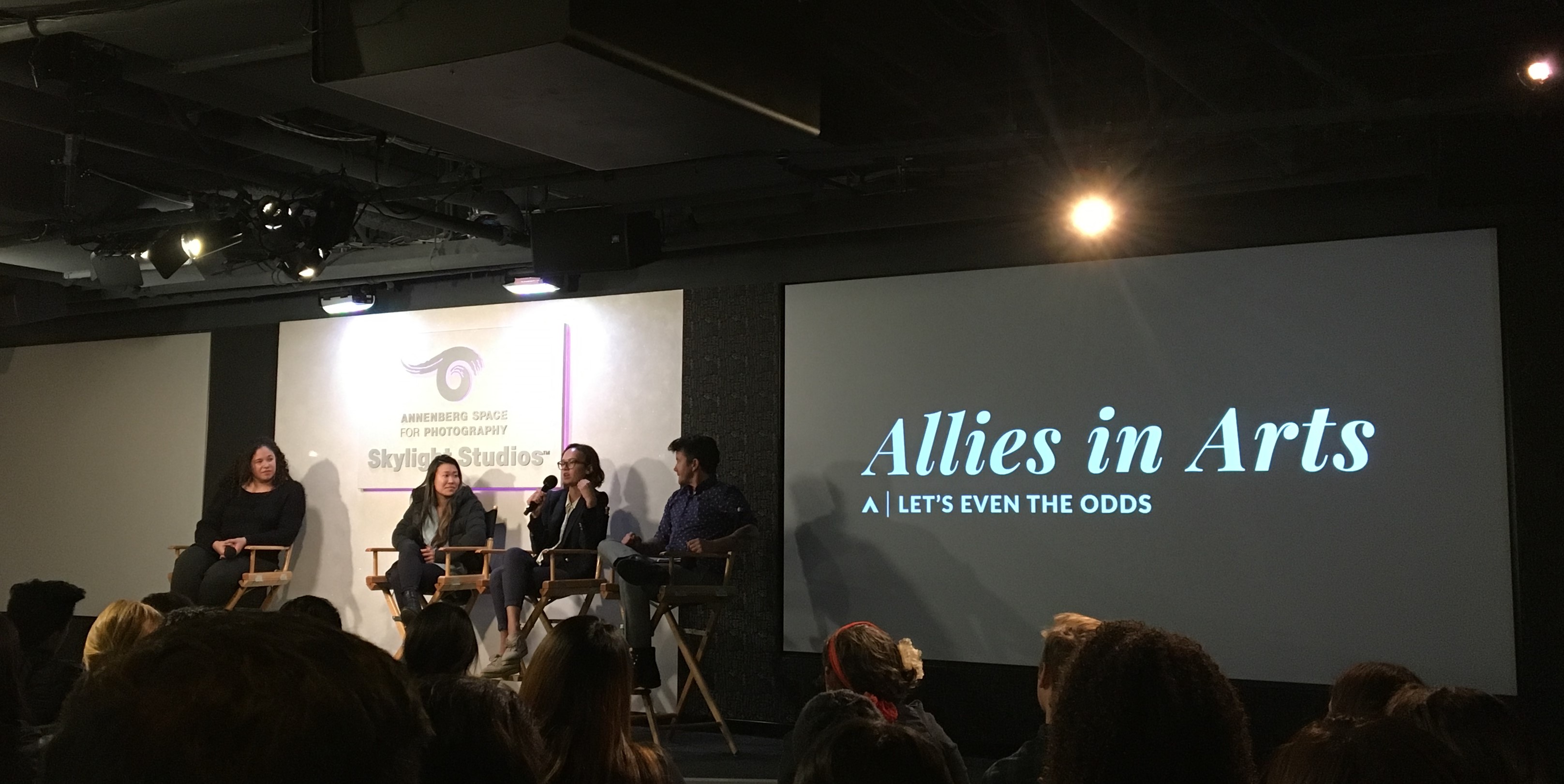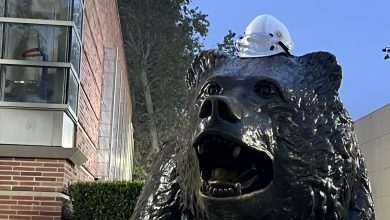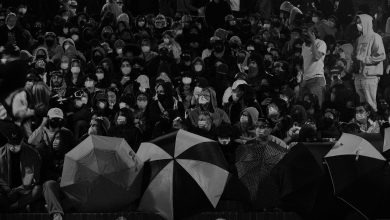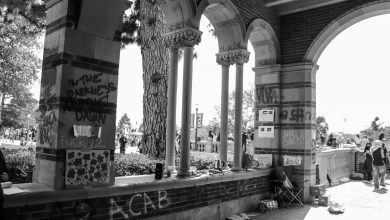Event Review: Allies in Arts Intersectional Feminism Panel

Photo by Greta Altmeyer
Conversations about representation in media have been critical in America’s changing political and cultural landscape, particularly with the rampant cultural appropriation, white-washing, and transphobia in Hollywood. Recently, Nolwen Cifuentes, Silas Howard, and Tani Ikeda addressed identity and media in an intersectional feminist panel hosted by Allies in Arts to reflect on rising activism under the new US president. Allies in Arts is a non-profit organization with a mission to “support womyn/women, people of color…[and] LGBTQQIA2S-identified artists…by granting them access to funding, professional equipment and services.”
Moderator Kamal Sinclair, Director of the Sundance Institute’s New Frontier Labs Program, guided her questions towards the intersection between arts, allyship, and representation in media. Sinclair began the panel by asking each artist about their response to the political climate of the past few weeks. She noted that she has thought more about using her identity to champion for good. She argued that representation was important, saying, “If I didn’t tell my story, someone else would.” This perspective set the tone for the panel that followed.
Tani Ikeda, director and founder of imMEDIAte Justice, a program for girls dedicated to reevaluating sex education through filmmaking, began by self-describing as a “queer unapologetic Japanese-American woman” and a survivor of sexual assault. Ikeda described the protests against President Trump’s Muslim-focused travel ban at LAX and drew parallels between her grandfather’s experience as a resistor in Japanese concentration camps and the current marginalization of Muslims. With a laugh, Ikeda told the audience about her grandfather’s favorite saying, “the nail that sticks out gets hammered.” She combats this notion through her artwork by utilizing storytelling as “a process of reclaiming [her] humanity.”
Nolwen CiFuentes, an editorial and commercial photographer based in Los Angeles, responded to Sinclair’s question by describing her desire in the past year to create more meaningful work. Her recent work has had a more political focus, such as her #NotMyPresident project and her upcoming portraits of undocumented immigrants in Los Angeles. She also aims to make commercial photography more progressive by pushing for more people of color and nonbinary folks to be cast in commercial shoots. While she was successful in shooting an activewear commercial with mostly women of color, revolutionizing the mainstream has been a struggle.
Silas Howard, the first transgender director of “TRANSPARENT” and star and director of the award-winning Sundance film “By Hook or By Crook,” was able to share his experiences with art through his own transition. Howard described his migration to San Francisco during the late 1980s and early 1990s AIDs crisis. His participation in the LGBTQ community and queer DIY punk scene in San Francisco eventually led to his work with “By Hook or By Crook,” which centers around LGBTQ identity. Howard described the film as a product of the desire “to be people without justifying our humanness.” Howard also noted a distinct change in activist culture. Where previously “the loudest, whitest people [were] taking over [at protests],” this phenomenon seems to be happening far less.
Though each artist portrays vastly different experiences with identity-based art, there was a consensus that media representation should be both critical and nuanced. Singular representations of people of color or LGBTQ folks are not universal to those communities; thus representation must reflect an intersectional perspective, wherein individuals are more than just singular definitions of their identity. White feminism, for example, lacks necessary perspectives and is utterly useless in advocating for all women. As Tani Ikeda argued, “If it’s not intersectional, it’s not feminism.”
Additionally, Ikeda, Cifuentes, Sinclair, and Howard all noted a struggle for disenfranchised artists to separate their identities from their art. Though art can be a pathway for redirecting narratives on marginalized groups, the politicization of art can leave artists feeling trapped. Ikeda described representation and telling one’s own story as a burden that privileged groups cannot understand. Cifuentes reminded the audience that someone’s sexuality, gender identity, and race still cannot tell us everything about them. The intersection of media and identity should be freeing and powerful for artists, not limiting.




